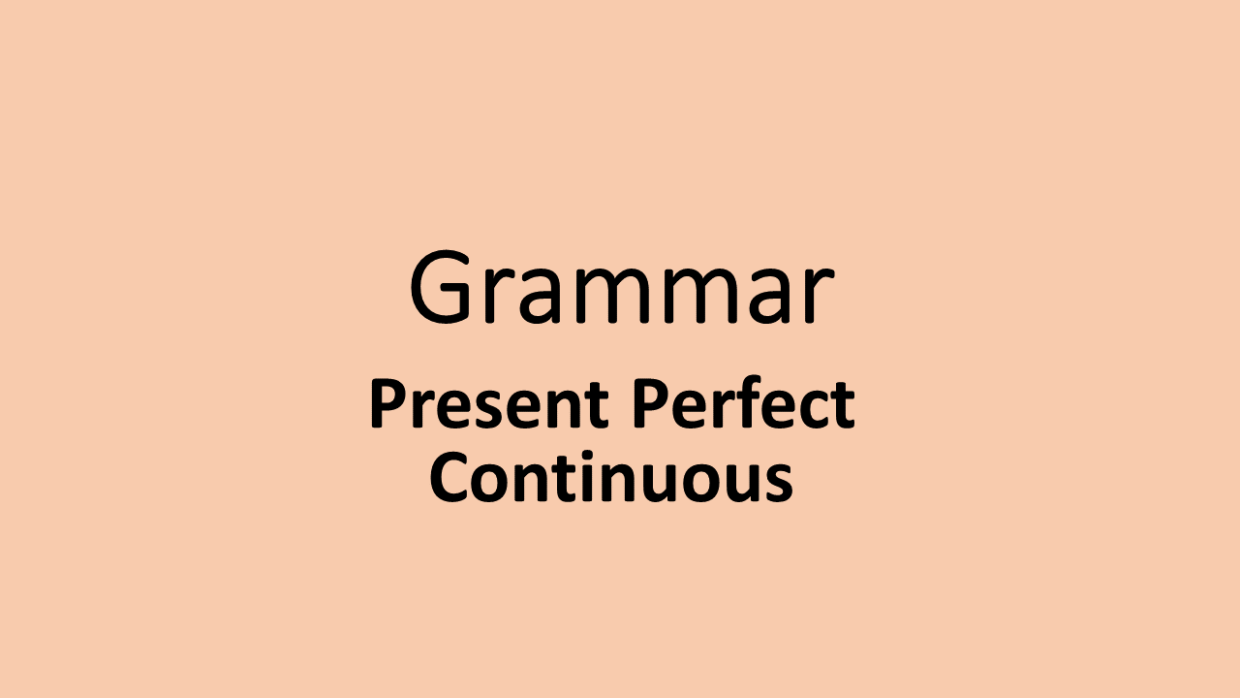The present perfect continuous (also called present perfect progressive) is a tense which is used to show that an action started in the past and has continued up to the present. The present perfect continuous emphasizes duration of an action.

The structure of the Present Perfect Continuous
The present perfect continuous is formed using has/have + been + present participle. Questions are indicated by inverting the subject and has/have. Negatives are made with not.
Forming affirmative sentences

Forming negative sentences

Forming questions

Contraction with Present Perfect Continuous
When we use the Present Perfect Continuous tense in speaking and informal writing, we often contract the subject and the first auxiliary verb.

In negative sentences, we may contract the first auxiliary verb and “not”:
- I haven’t been playing rugby.
- It hasn’t been raining.
Using present perfect continuous
We use present perfect continuous
- to put emphasis on the duration or course of an action (not the result)
Example: He has been reading for two hours.
- action that recently stopped or is still going on
Example: I have been living in Amsterdam since 2001.
- finished action that influenced the present
Example: I have been busy all afternoon.
Examples:
- Linda has been watching too much television lately.
- Has Ryan been exercising lately?
- They have been driving for an hour.
- He has been working at that company for five years.
- What have you been doing for the last hour?
- James has been teaching English since 2015.
- We have been waiting here for more than five hours!
- Recently, he has been feeling really tired.
- Martha has been feeling a little depressed lately.
- What have you been doing?
- I have been painting my bedroom.


